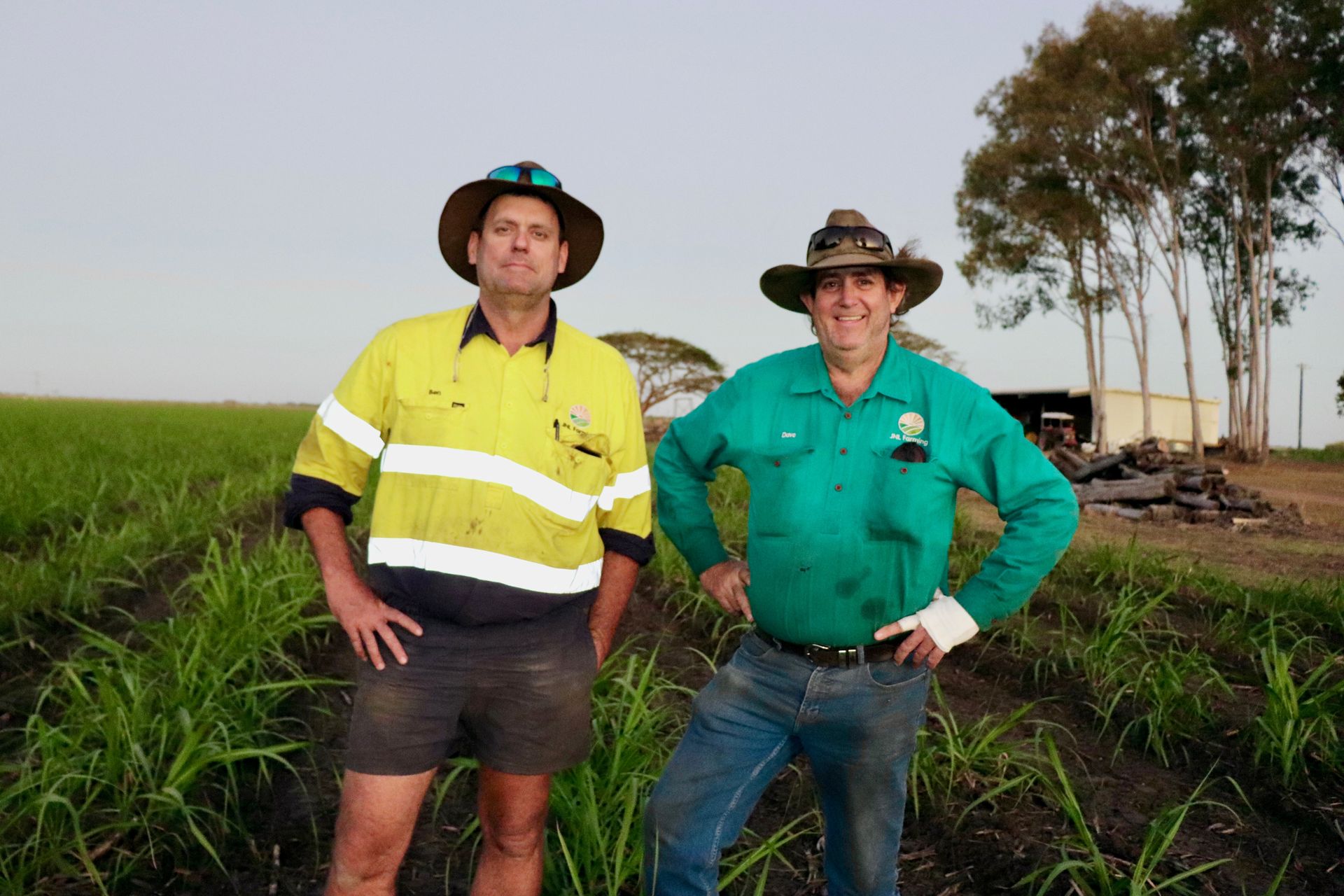1MG FlippingBooks
Fruit traceability app modernising aus ag industry
Elizabeth Gracie

The University of Tasmania (UTAS) has been awarded $455,000 by the Federal Government to develop an app that can be used to both promote and trace Australia’s fruit exports as part of a Government Grant program designed to modernise Australia’s agriculture industry.
The University of Tasmania is one of just 16 to be funded from the original 168 applicants.
Currently, more than 70 per cent of Australia’s horticultural products are exported, a significant proportion of which is exported to China.
“Food quality, safety, freshness and taste are paramount in the minds of China’s burgeoning middle class, and Tasmania’s clean, green brand has our horticultural sector well positioned to help meet that growing demand,” said research team member Professor Dugald Close from the Tasmanian Institute of Agriculture.
According to Associate Professor Jiangang Fei from the Australian Maritime College who secured the federal funding as part of the Australian Government’s $7m Traceability Grants Program, the app will allow both retailers and consumers to check the authenticity of any exported package.
“This will be achieved through the unique identity device attached to each package. The application allows a mobile device such as a smartphone to retrieve identity information of the package through Bluetooth technology” said Fei.
“Consumers can then check the provenance of the product they are purchasing through the unique ID given to the package. The application can serve as a digital marketing tool to promote the provenance story of the product and other products that may be of interest”.
Associate Professor Stephen Cahoon said that “routinely recorded data, including the pre-harvest seasonal conditions, production details such as agrichemical use, and fruit variety, quantity, quality, location and time of packing, will be uploaded to the cloud-based data management centre”.
Assistant Minister for Forestry and Fisheries, Jonathan Duniam noted that the app was an example of innovation that both reinforced and promoted Australia’s reputation as a producer of clean, green and safe food.
“The cloud-based technology will allow easy tracing of Australian produce along the supply chain, making it simpler to extract information that supports its authenticity and compliance,” said Duniam.
NEWS

2025 marks 50 years since TR70 model launched in 1975. Since this time, New Holland has led industry innovation in combine technology with: The first self-leveling cleaning system on a rotary combine in 2002 Breaking the 8-hour wheat harvest world record in 2014 The latest CR10 and CR11 twin rotor combines entering production in 2025















